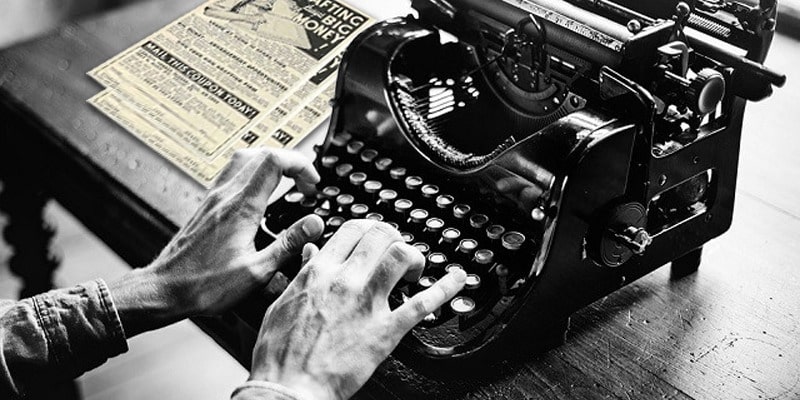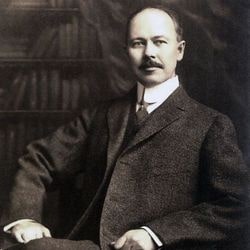It all began with the Powers Style - an easy-to-understand language characterized by short titles, without exaggeration.
Are you a copywriter? Do you know the origins of copywriting? You might be nodding your head NO. Most copywriters don't know the history of their craft. But if you really want to be a great copywriter and prune your skills, you should delve into the history of copywriting to find inspiration to craft a persuasive copy.
As a copywriter with a penchant for all things vintage, I have always been in the rich history of our craft. But I had never thought about it critically until I read this quote from Carl Sagan,
understanding the significance of something is vital to understand the profession's beginnings.
So I decided to put in some time to create a complete guide for fellow writers about the history of copywriting.
How has copywriting evolved through the ages? How has it responded to cultural changes? What's the importance of copywriting in today's digital era? What are the different types of copywriting that you can master?
This copywriting guide has the answer to all your queries!
So, let's delve into the interesting cosmos of copywriting.
Copywriting is as old as advertising
Copywriting helps in driving promotional campaigns by storm. That's what advertising does. So which came first? To learn about the history of copywriting, you must dig into the history of advertising.
What is advertising?
Advertising is a paid, mediated, a form of communication used to bring products, services, or causes to public notice to persuade them to take some action, now or in the future.
The term 'mediated' means the medium, such as television, newspaper, magazine, email, mail, billboards, brochures, banners, flyers, or the Internet used to convey the message from sender to receiver.
Most advertising involves promoting a product that's on sale to encourage people to buy using persuasive text. That text used to persuade people in the advertising is called 'copy.'
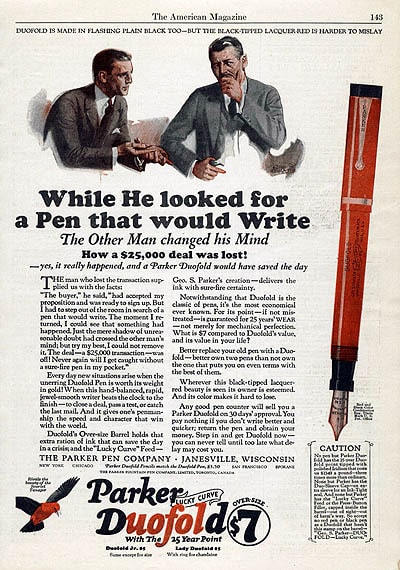
A historical ad from Parker Duofold
What is copywriting?
Copywriting is the art and science of crafting persuasive, informative, and interesting content to increase awareness about a product or a service. It involves persuading customers to take action (buy a product, sign up for the free trial, or the service being advertised). It should be clear, short, punchy, and written with brevity. It should contain meat and focus on solving customers' problems instead of just highlighting the features and benefits of a product/service.
Who invented copywriting?
John Emory Powers (1837-1919) is known as the father of modern advertising. He was the world's first full-time copywriter hired in an advertising agency and later established himself as a freelance copywriter.
The beginning of the 'persuasive text'
The history of copywriting is filled with groundbreaking work of notable writers and awe-inspiring stories of damn good copy that have turned heads for decades.
So let's ride back.
Waaaaaaay back! Almost 100 years ago.
The journey began in Phebes, Ancient Egypt, with the world's first ad, The Papyrus of Slave Shem.
The first created copy
The first printed material is said to have come into the world in 1477, promoting the sale of a prayer book. During this period, copywriters created Ads on large papers using feathers dipped in ink. It was a painstaking exercise since there were no printing processes to duplicate the original copies, and each poster had to be written by hand one by one.
In early 1600, the size of the copy was reduced to brochures and pamphlets.
Ancient Ads.
Fast forward to 60 years, Oxford Gazette, the first English paper, was printed and gave room for the publishing of numerous other advertisements on its pages. History's copywriters were experts in advertorial copy with a background in Journalism or English who worked at advertising agencies. The first newspaper gave the copy a principal medium with the power to spread information. Messages had become informative and news-like, with a logically structured argument for the product in question.
The development was a tremendous breakthrough for copywriters to reach many people in a brief span. However, some misused it to spread false information instead.
Here are examples of historical adverts from PONTIAC and Gillette. Just look at these headlines - short, crispy, and catchy.
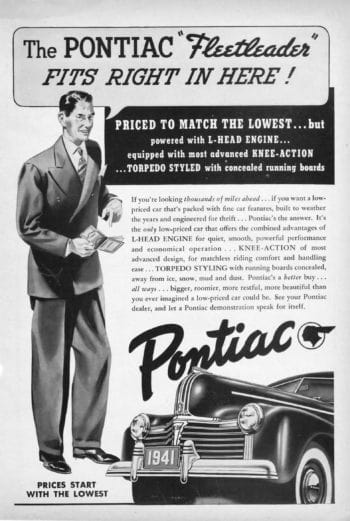

The era of Emory Powers
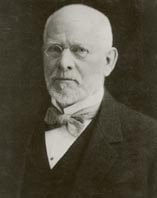
The father of copywriting, John Emory Powers, came into the limelight as an official independent copywriter. He worked for the famous department store of Lord & Taylor and Wanamaker's. Their stores contracted John Emory to provide six ads a week to publish in newspapers. His ads worked effectively in selling out all their stock within a few hours, resulting in multiplied revenues.
His creative and controversial ads earned him the title of 'the father of modern creative advertising.'
Telling the truth was a gimmick, and it seemed to work all the time! The true importance and impact of good copywriting weren't witnessed until the time of Emory.
Powers style was known for a simple and easy-to-understand language, without exaggeration, characterized by concise titles.
As Clayton Makepeace said about Emory's copywriting,
' Suddenly, everything I'd seen in direct mail and all the ads I'd seen made sense. Give people a reason why they should buy a product'.
The era of scientific advertising - Claude C. Hopkins (1866-1932)
After Powers, around the same period, another personality joined the revolution of copywriting: Claude C. Hopkins.
Hopkins was known for being one of the leading promoters of hard selling and direct advertising.
According to the rules he collected in his book Scientific Advertising,
advertising exists for the sole purpose of sale and profit, so the message must be clear and concise, with no twists or turns.
Such a style is perfectly in line with the advertising needs of mail order at the time, which needed to be concise, especially for issues of space within the catalogs in which the texts appeared.
Claude C. Hopkins hailed the copywriting era in 1923. He said,
'Copywriters must have a good, well-researched reason for everything they write.'
Hopkins believed that marketing could be perfected and measured, and his words have been milestones for copywriters ever since.
Download Scientific Advertising Ebook
The era of Bill Bernbach
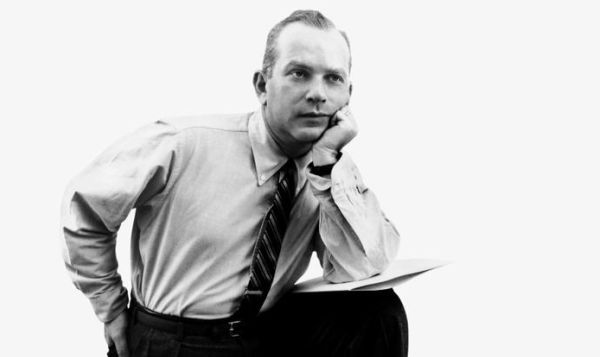
Finally, Bill Bernbach took part in the revolution. He was the founding partner of Doyle Dane Bernbach (DDB), a copywriter and creative director who transformed the face of advertising in the United States. Today, he is acknowledged as one of the most influential advertisers and every advertising agency relies on Bill Bernbach's ideas and structure.
With Bernbach, the advertisement became the result of a creative process in which copywriters and art directors collaborated to create perfect combinations of images and words. He changed the way advertising used to be done, leaving ample room for persuasion and inventiveness and deviating from Hopkins' idea of scientific advertising.
'Is creativity some obscure, esoteric art form? Not on your life. It's the most practical thing a businessman can employ.' (Bill Bernbach)
The era of Eugene M. Schwartz
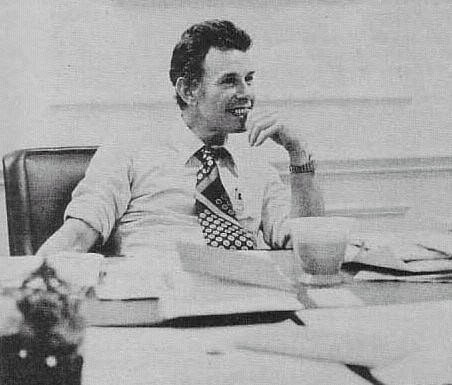
One of my favorite copywriters from history, Eugene M. Schwartz was a copywriting genius. His forte was creating direct-mail campaigns. Mr. Schwartz was born on March 18, 1927, and joined Huber Hoge & Sons (an advertising firm) in 1949 as a messenger boy. He wrote 10 books and some of the most celebrated lines in direct-mail advertising, for example:
Give Me 15 Minutes and I'll Give You a Super-Power Memory
Mr. Schwartz's famous books include:
- Breakthrough Advertising
- The Brilliance Breakthrough
- Mail Order
- The Rodale Press Workshop on Copywriting
- Gene Schwartz on Breakthrough Copy, and many others
The history of copywriting is sparkling with the contributions of many more creative copywriters like Bernice Fitz Gibbon, John Wannamaker, Stan Freberg, and David Abbott, who contributed their best pieces and tips for effective copywriting.
The evolution of copywriting
By the time the 1940s rolled around, things had started looking different. Besides art direction, the structure of the message was more or less the same. Copywriters kept adding facts with product benefits and started crafting advertisements that were captivating for the consumers.
The sole purpose of copywriting is to encourage, entertain or inform.
Basically, the forte of copywriting is persuasion- we want people to sign up for a service, buy a product, or pick one brand over another.
In 1948, the advertising industry boomed, with numerous agencies sprouting up in the cities like New York and London.
Ogilvy & Mather was the first foreign advertising agency to gain access to the Soviet Union. It was founded by David Ogilvy in 1948 based on the core objective 'advertising means to sell.'
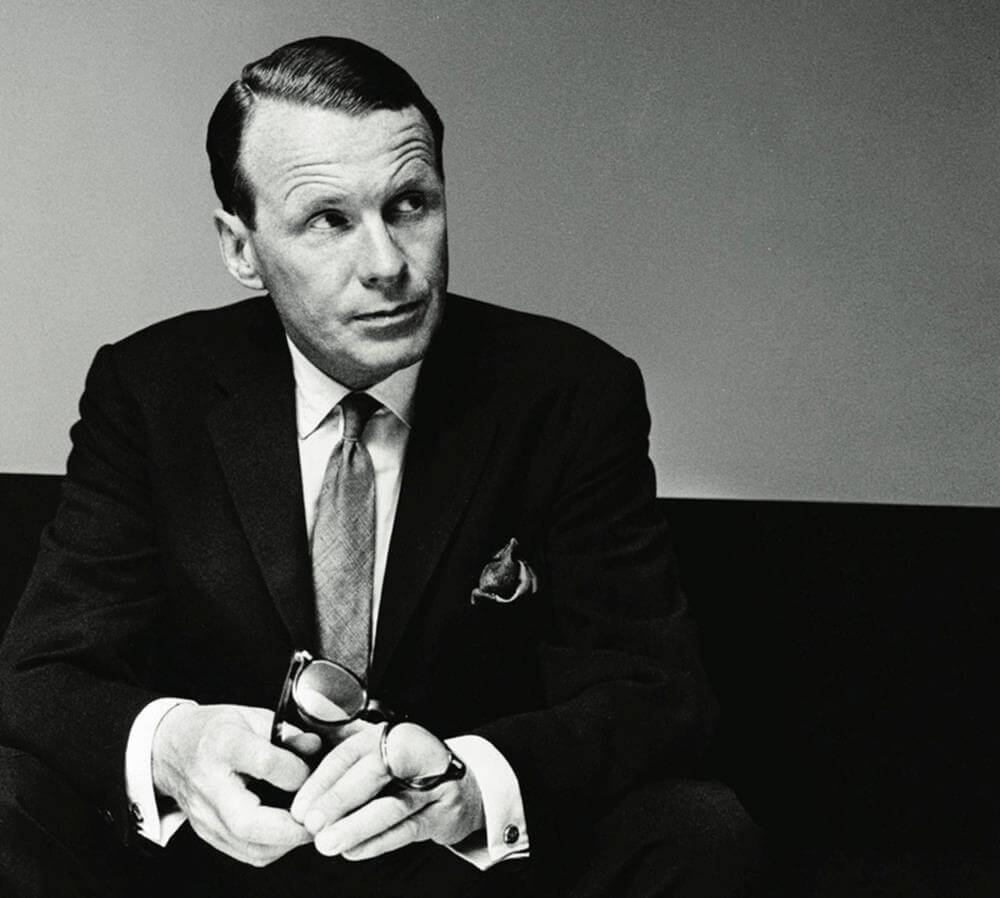
Ogilvy also wrote a plethora of advertising books, which are now used in teaching advertising, besides his principles.
After Ogilvy, the relationship between copy and art blossomed, and advertising became more conceptual.
The role of a copywriter was also transformed.
The task was not to sell a product or service but to create an emotional hook.
Advertising began to communicate to a culture, support a cause and describe a mood. In this era, creativity prospered and exploded in an unprecedented way.
Art and language were fused to craft the most stylish, sophisticated, and downright smart campaigns the world had ever encountered.
The advent of television also had a big impact on copywriting.
With limited attention spans, the copywriters were needed to deliver shorter and punchier headlines.
Some things don't change
Copywriting has evolved in many ways, but some rules are golden and haven't changed over decades. The fact is, regardless of medium- be it long or short, constructive copywriting is deeply rooted in the ability to tell a compelling story.
It's all about getting in your target audience's head.
Both then and now, the sole objective of the copy is to accurately highlight your audience and communicate something important to them, to inspire action.
Perhaps more specifically, we want to inspire action towards our intended product or service, diverting customers' attention from the competitors.
It is similar to finding that USP and drilling it home, followed by a juicy call-to-action.
What's more, we must be able to grab the target reader's attention in a matter of seconds, and we must build our first impression of the right one.
Types of modern copywriting
It is vital to showcase your expertise to consumers by publishing information-rich yet visually compact content on your website. It is a great tactic to introduce your company and brand name into this world.
In the current era of copywriting, it is solely the writer's responsibility to craft specific, detailed information and ways to decipher what a target market wants, how they think, and how to design a copy aimed directly at them. Copywriting has been evolving since its origin to attract its target audience on its target platform and please internet algorithms.
Not all copywriters can draft all kinds of copy. It is rare to find someone with the whole package of capabilities. In fact, new copywriters choose to seek what kind of content they excel at and map an entire career around it. The types of copywriting services that exist are discussed below:
Sales Copy
Perhaps the most common and effective type. Sales copy encourages or persuades customers to buy a product or service. Best sales copies make up the bulk of authentic information on the web. It includes:
- Text on advertisements
- Advertorials online or in magazine
- Product description
Stellar sales copy focuses on how the consumer can benefit from what you are selling. As marketers refer to it as the 'value it brings to the customer'.
Best sales copywriters have a knack for selling products without sounding salesy. They need to tap into the audience's mind, understand what they want, and write persuasively to produce an easy-to-digest package.
Sales copy is good for Jingle lyrics, newspaper and magazine advertisements, scripts for commercials, white paper, and other marketing communications.
Marketing Copy
It is an effective writing technique that works on consumers' problems, desires, needs, and pain points. A marketing copywriter is a part writer, part psychologist, knows how to grab potential buyers' attention. It is excessively used to draft:
- Newsletters
- Landing pages
- Company brochures
- Product descriptions
- Flyers
- Whitepapers
- Social media posts
Best marketing copywriters make the buyers feel that your widget is that true piece of the puzzle their lives are desperately missing. A good marketing copy will immerse the buyers into buyer's personas and educate, inspire, empathize, or gently guide the prospect towards your product or service.
Crucially, marketing copywriting is used to set up and sustain an argument in an appropriate voice and tone. It creates a strong emotional bond between your brand and the target consumer.
SEO Copywriting
SEO copywriting is another compelling writing technique that revolves around two actions:
- To position the content on Google
- To persuade a reader to take a specific action
With Google now actively punishing under-rated sites that are crammed with keyword-stuffed, low-quality copy, SEO copywriters are needed to make up to the mark considerably.
When you are writing SEO content, you need to infuse the elements of creativity and insight accompanied by strong research skills. Nobody likes to read a piece of content that is blatantly stuffed with keywords. And neither does Google.
SEO copywriting should be appealing both to Google and readers.
Technical Copywriting
This is another less sale-oriented aspect of copywriting. Honestly, most of the copywriters are poncy arts graduates and struggle to understand the deep-down nuts and bolts of the products they are promoting. Technical copywriting is a rare and valuable skill; technical writers are a hybrid techie and writer. The sole purpose of technical writing is to draft content that promotes the best use of a product. It is entirely different from sales copy. It is found in:
- In-depth articles
- White papers
- User manuals
- Datasheets
- Scholarly articles
Technical writing involves in-depth knowledge of a subject, or at least the urge to research. It covers several particular topic areas like science and environment, marketing, health, finance, politics, and government.
Web Copywriting
Web content is the meat of the Internet, but good content is something that inspires, engages, informs, and ultimately converts.
Web content is found in:
- Articles
- Blog posts
- Social media
- Landing pages
Every website has a different target audience and requires relatable content to attract potential consumers. Content should be equipped with keywords aimed at improving the ranking of the website. A great content writer masters the ability to tell a story through products or around your offerings.
Honestly, writing for online magazines, blogs, and even social media is not about the product; it is about building a bond with your potential and established customers. Therefore, it is highly recommended to bestow readers with something insightful and interesting.
This persuades readers to share because they don't feel the pressure of constantly bombarding with promotional content.
Though great content accompanied with content marketing strategies is a win-win situation. The customer is blessed with engaging and interesting content, and the business is rewarded with loyal buyers.
Creative Copywriting
Creating copywriting has the magical essence of communicating an idea in a short, snappy, and punchy phrase. It is not just about getting information. It is about getting information out in an inspiring way. It is about thinking differently. Sometimes you have to zig when other people zag to grab attention.
A copywriter plays with words. A creative copywriter provides ideas that help boost the commercial impact of communications. He thinks conceptually about how to sell your product in an imaginative and compelling way-whether for online or in print.
A creative copy is inspiring to read and has an aura that makes a brand stand up and stand out. It is all about being original about any idea and constantly tapping into the reader's hearts and heads. It is about head-turning headlines and urges people to read end-to-end.
Brand Journalism
In this noisy world, the brands that stand out are the ones with engaging stories- about their products, clients, and ethos; about everything that can capture attention and interest.
Brand journalism is emerging as a new and trendy style of copywriting that unfolds and tells those tales.
Brand journalism involves techniques like interviewing customers and experts, newsjacking current topics, curating opinions and ideas, weaving in multimedia effects, and using graphics to craft a well-written copy that is equally interesting, fresh, and enjoyable to read.
Explainer Video Script Copywriting
There is a current school of thought that the fusty white paper is dead, and the way to move forward is to use engaging and lively copy to appeal to the buyer's emotional side. But every brand doesn't like to be puppyish, and some old-fashioned buyers get the clues from the writing style that reflects the gravitas of investment decisions and the reliability of the brand.
Explainer copywriting is a unique way of promoting products and services, and it doesn't need to be boring and jargon-filled. And it requires a skilled writer to make the content serious and engaging. A great explainer writer knows how to showcase the rational and logical case of investment in a technology or product in a discreet way that makes things clear and easy to digest.
Takeaway Points
Many digital copywriters may kid themselves by believing that copywriting is a juvenile industry, but the truth is, it has been around for hundreds of years. Hell, even a Wild West poster 'wanted' reveals the existence of copywriting in a primitive form.
The only thing that has evolved includes the platform with the scheme to sell online.
Storytelling is going nowhere. But perhaps the more old-fashioned customs have become relics of copywriters' past.
Around 1964, Marshall McLuhan coined the famous saying, 'the medium is the message.' It rings true for copywriting. Through the ages, it has been molded by the advanced technology and modern media of the time.
In today's competitive media environment, where we can access everything with a mere swipe on our smartphones, the copy has to work faster and harder to cope with the pace of the current era.
But if there is a message to be perceived from all of this, it is that copywriters need to be versatile today.
There is no set limit of mediums to choose from today from old-fashioned and traditional print to digital advertising, storytelling campaigns, and no-frills SEO copy. And with the emergence of social media, it is no longer a one-way street.
To be able to write efficiently for all of today's mediums is no easy feat. But it is compelling and equally challenging. Paired with a well-designed layout, flawless copywriting can shine in this over-saturated environment.
If you want to learn more about copywriting and want to polish your skills, read these copywriting books pdf written by masters.
Keep creating your masterpieces!
Want to hire our copywriters for your next project?

